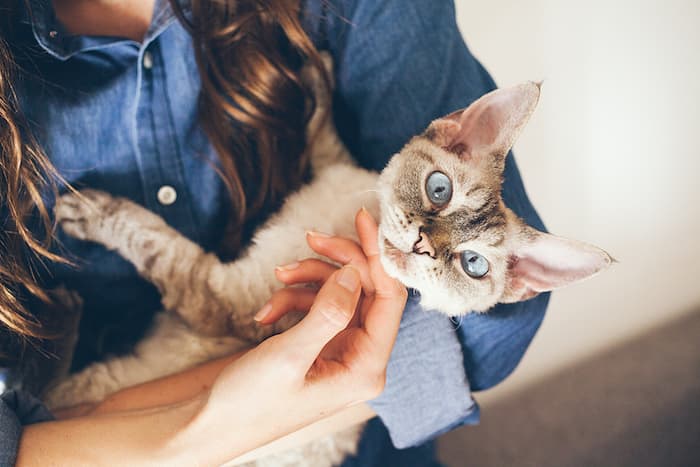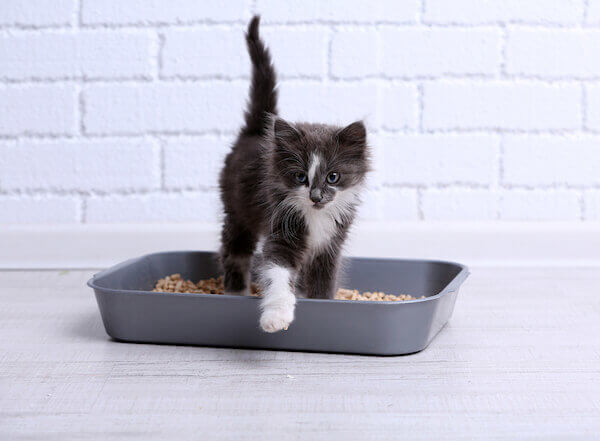Cats are famously mysterious, often communicating through subtle behaviors that can easily be overlooked. But did you know that your cat’s litter box can serve as a window into their health and well-being? While it’s not the most glamorous part of pet ownership, monitoring your cat’s litter can reveal important clues and sometimes even life-saving insights about their physical condition and emotional state.

Changes in Frequency and Volume
One of the first things to pay attention to is how often your cat is using the litter box. A sudden increase in urination could signal issues such as diabetes, kidney disease, or a urinary tract infection. Conversely, a noticeable decrease in usage might indicate dehydration or even a blockage, which can be life-threatening, especially in male cats.
Similarly, an increase or decrease in the volume of urine or feces can point to potential health problems. If your cat’s waste seems minimal over a few days or they seem to be straining, it’s time for a vet visit.
Litter Color and Odor
Believe it or not, the appearance and smell of your cat’s litter can also provide valuable information. While all cat waste has an odor, a sudden and dramatic change, like a sweet smell or an ammonia-like stench, could indicate an underlying medical condition. Additionally, if the urine appears darker than usual or has a reddish tint, it could be a sign of blood, which requires immediate veterinary attention.
Some modern litters even help you interpret these signs more easily. For example, silica gel cat litter can change color based on the pH level and the presence of certain compounds in your cat’s urine. These visual indicators can alert you to potential health issues like urinary tract infections, kidney problems, or metabolic disorders before symptoms become severe.

Avoidance or Overuse
Has your cat suddenly stopped using their litter box? This behavior often has less to do with stubbornness and more to do with either a medical problem or stress. Cats may avoid the box if it’s too dirty, if there’s been a change in location or type of litter, or if they associate it with pain from a recent illness. On the other hand, if your cat is obsessively using the box, it may be due to gastrointestinal distress or anxiety.
Stress-induced litter box problems can often be resolved by creating a calm, consistent environment for your pet. If medical issues are ruled out, consider whether new pets, visitors, or household changes might be causing anxiety.
Litter Texture Preferences
Cats can be surprisingly picky about litter texture. If your feline is suddenly digging excessively, perching on the edge of the box, or even eliminating outside of it, they may be trying to tell you that the texture of the litter is uncomfortable or unfamiliar. Silica gel litters are not only low-dust and low-tracking, but many cats also prefer the softer texture compared to traditional clay or pellet-based litters.
How to Listen
Paying close attention to your cat’s litter box habits can give you early warnings about health problems and improve their quality of life. Schedule regular vet visits, keep the litter box clean, and note any changes in behavior, frequency, or appearance of waste.
